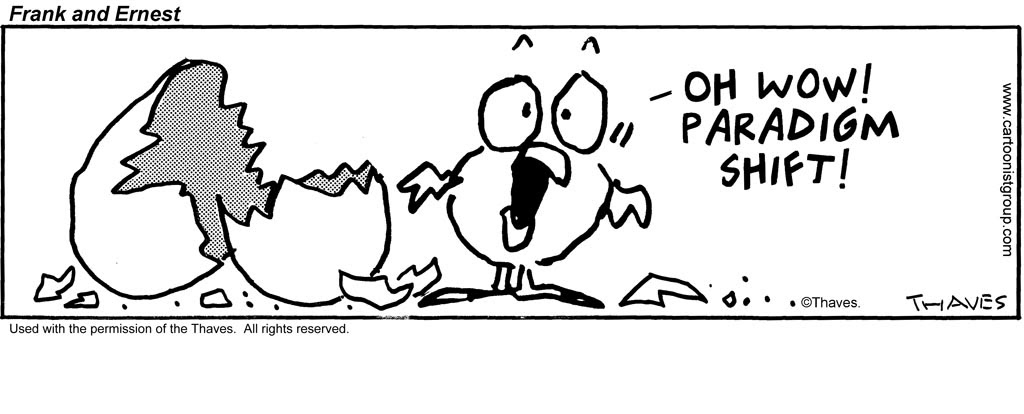The sages from the East spent months, perhaps a year or two, traveling great distances following the star until they found the Perfect Light – Wisdom himself. The Christ child was wisdom incarnate.
The baby that the wise men discovered, while being God, was every bit a human child. Like other children, he would nurse, cry, and smile; he would learn to crawl, walk, and eventually run. And like other children, he would grow. Luke recorded: “And Jesus grew in wisdom and stature and in favor with God and men” (Luke 2:52).
And Jesus did grow to completeness in four ways: 1) wisdom – sound judgment, 2) stature – physically, 3) favor with God – spiritually, and 4) favor with man – socially. Because he was perfect, or perhaps because of his humble circumstances, he grew into the model man.
Again, Luke observed: “And the child grew and became strong; he was filled with wisdom, and the grace of God was upon him” (2:40). Because he was perfect, Jesus would grow to manifest the fullness of the wisdom of God in a human life. When Jesus was twelve, as was their custom, Mary and Joseph took Jesus to Jerusalem for the Feast of the Passover. This particular year, when they left to return home, they inadvertently left Jesus in Jerusalem. When they realized what they had done, they returned to Jerusalem. “After three days they found him in the temple courts, sitting among the teachers, listening to them and asking them questions. Everyone who heard him was amazed at his understanding and his answers. When his parents saw him, they were astonished” (Luke 2:46-48).
As an adult, Jesus returned to his home town, Nazareth, to teach. The people with whom he had grown up, who knew the “backwater” context and humble roots of his family, were confused and suspicious of his behavior.
Coming to his hometown, he began teaching the people in their synagogue, and they were amazed. “Where did this man get this wisdom and these miraculous powers?” they asked. “Isn’t this the carpenter’s son? Isn’t his mother’s name Mary, and aren’t his brothers James, Joseph, Simon and Judas? . . . Where then did this man get all these things” (Matthew 13:54-56).
Jesus grew in wisdom! In the midst of humble physical circumstance, he became the perfect wise man. As an adult, he was a wisdom teacher. His being a sage is foretold by the Prophet Isaiah (11:2):
The Spirit of the LORD will rest on him—
the Spirit of wisdom and of understanding,
the Spirit of counsel and of power,
the Spirit of knowledge and of the fear of the LORD.
Christ, as God, is omniscient – all knowing and all wise (Luke 5:22; John 4:16-19). In the Gospels, as a man, he is identified as a wise teacher who speaks with authority to the masses (Matt 4:23; 7:29; 22:16; 26:55; Mark 4:1; John 3:2).
Jesus was the consummate educator. His principles and style are the “gold standard” for all teachers and trainers. Among his many tools from the schools of wisdom were:
- Proverbs (“Blessed are the poor in spirit, for theirs is the kingdom of heaven. Blessed are those who mourn, for they will be comforted. Blessed are the meek, for they will inherit the earth. . .”)
- Stories (the 10 wise virgins and their trimmed lamps waiting for the bridegroom)
- Parables (whose truths exploded on the mind when it was least expected (as in the parable of the minas)
- Mental images (who cannot see “the lilies of the field”)
- Riddles (“Everyone who drinks this water will be thirsty again, but whoever drinks the water I give him will never thirst. Indeed, the water I give him will become in him a spring of water welling up to eternal life.”)
- Visionary insight to the Samaritan woman: “You are right when you say you have no husband. The fact is, you have had five husbands, and the man you now have is not your husband. What you have just said is quite true.”)
- Socratic questions (“On one occasion an expert in the law stood up to test Jesus. ‘Teacher,’ he asked, ‘what must I do to inherit eternal life?’ ‘What is written in the Law?’ he replied. ‘How do you read it?’”).
Jesus was at one with the ranks of wise men who had taught and written of old. His life, teaching and practical wisdom drew the crowds, who were hungry for something of substance and beauty.
-Darrow L. Miller






1 Comment